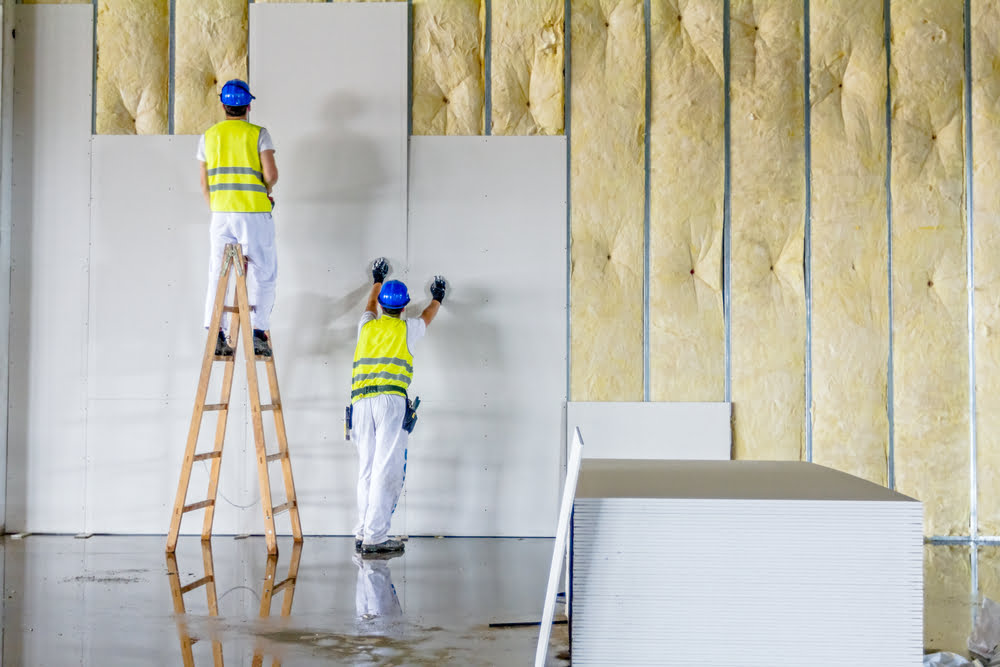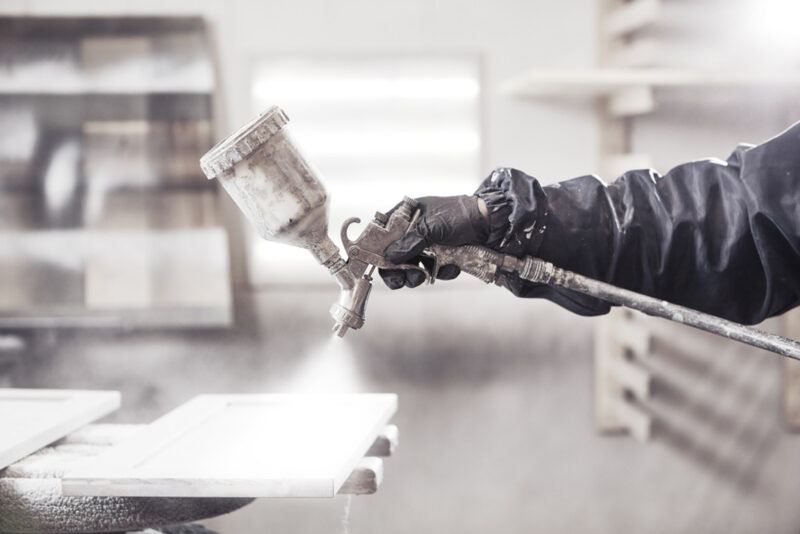In an era where safety and compliance stand paramount in the built environment, fire-resistant coatings have emerged as indispensable solutions for construction and design professionals. These specialized coatings are not merely a choice; they are key players in meeting stringent Group 1 and Group 2 compliance standards that dictate how materials respond to fire.
With life and property hanging in the balance, understanding the nuances of these coatings is critical. From their composition—often a complex mixture of polymers and flame-retardant additives—to their application methods, the world of fire-resistant coatings is as diverse as it is essential.
In this article, we will delve into the intricacies of fire-resistant coatings, exploring their role in enhancing fire safety, the regulatory frameworks that guide their use, and the technological advancements steering their evolution. Whether youre a builder, architect, or safety officer, grasping these concepts can make all the difference in creating structures that safeguard lives and stand the test of time.
Understanding Group 1 and Group 2 Classifications

Understanding the classifications of Group 1 and Group 2 is essential for selecting the appropriate fire-resistant coatings that ensure compliance and safety across various applications. Group 1 materials generally possess higher levels of fire resistance and are typically used in critical infrastructure, where the stakes are notably high.
They are designed to withstand extreme conditions and maintain structural integrity under duress. In contrast, Group 2 materials offer adequate fire resistance but are suited for less critical environments where the urgency for fire safety, while still significant, does not reach the same heights.
This distinction not only impacts regulatory compliance but also influences production costs, application methods, and long-term maintenance strategies, making it imperative for contractors and architects alike to deeply understand these classifications for both performance and safety outcomes. By navigating these classifications thoughtfully, stakeholders can make informed choices that align with regulatory requirements while optimizing protection against fire hazards.
Properties of Fire-Resistant Coatings

Fire-resistant coatings are remarkable materials designed to enhance the safety and longevity of various structures. They possess inherent properties that allow them to withstand extreme temperatures and resist flame spread, thereby providing crucial time for safe evacuation during a fire event.
Among their most significant characteristics is the ability to expand when exposed to heat, forming a protective char layer that insulates the underlying substrate from direct flames. Additionally, these coatings can be formulated to adhere to a variety of surfaces, including steel, wood, and concrete, ensuring versatility across multiple applications.
Their application can vary in complexity—some may require professional spray techniques, while others can be conveniently brushed on—catering to different project needs and preferences. Moreover, with advancements in technology, many fire-resistant coatings not only comply with Group 1 and Group 2 standards but also offer aesthetic options, allowing for a seamless blend into architectural designs without compromising on safety.
Types of Fire-Resistant Coatings
When it comes to fire-resistant coatings, several types cater to diverse needs and applications, each exhibiting distinct properties and functionality. Intumescent coatings, for instance, swell and form a protective foam upon exposure to heat, effectively insulating the substrate beneath and significantly delaying structural failure.
In contrast, cementitious fireproofing offers robust protection through a dense layering that can withstand high temperatures, often favored in industrial settings. Then there are acrylic-based coatings, celebrated for their ease of application and aesthetic versatility, allowing for a seamless integration into various environments while providing essential fire retardance.
Meanwhile, epoxy coatings blend durability and resistance, ensuring long-lasting protection in both commercial and residential structures. These varied types of fire-resistant coatings demonstrate that compliance with Group 1 and Group 2 standards can be achieved while tailoring solutions to the specific challenges posed by different building materials and environmental conditions.
Conclusion

In conclusion, the implementation of fire-resistant coatings is essential for achieving compliance with the stringent regulations set forth for Group 1 and Group 2 materials. By investing in high-quality fire protection solutions, organizations can not only enhance the safety of structures but also safeguard their occupants and assets.
Utilizing advanced coatings helps mitigate fire risks and contributes to overall fire safety management. Companies like Fireshield Australia and this website provide a range of effective fire-resistant products that can help ensure compliance while maintaining the integrity and aesthetics of various materials. As fire safety standards continue to evolve, staying informed and adopting the best practices in fire protection will remain critical for any business or institution committed to safety and compliance.


